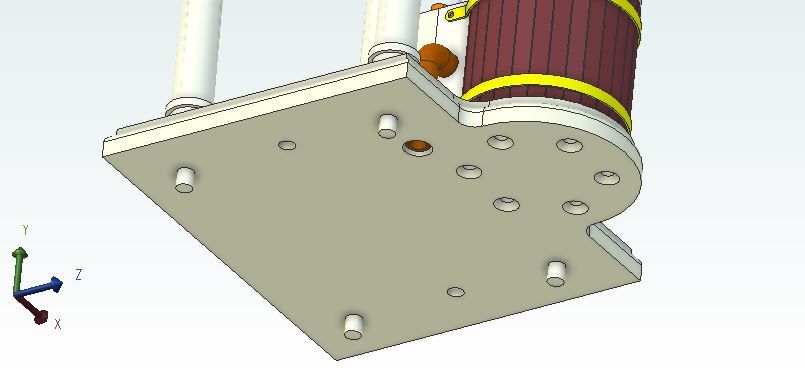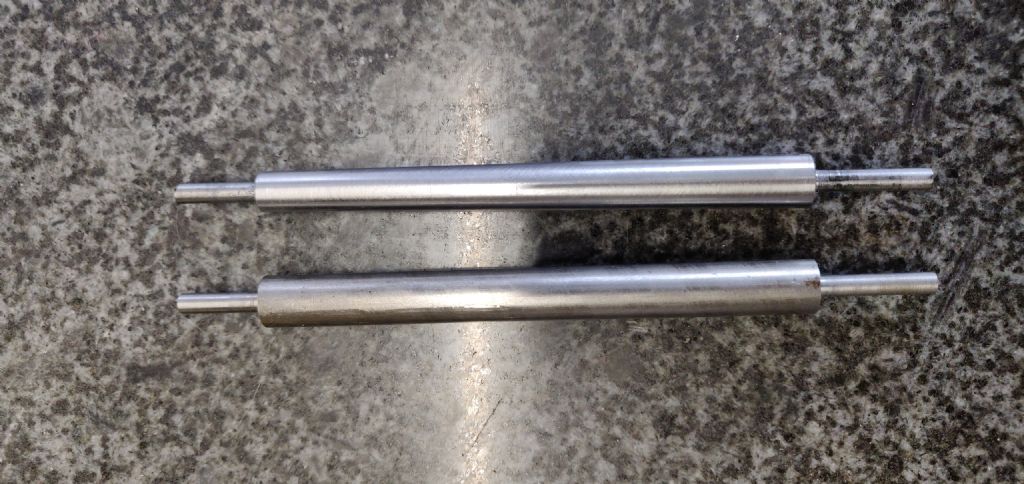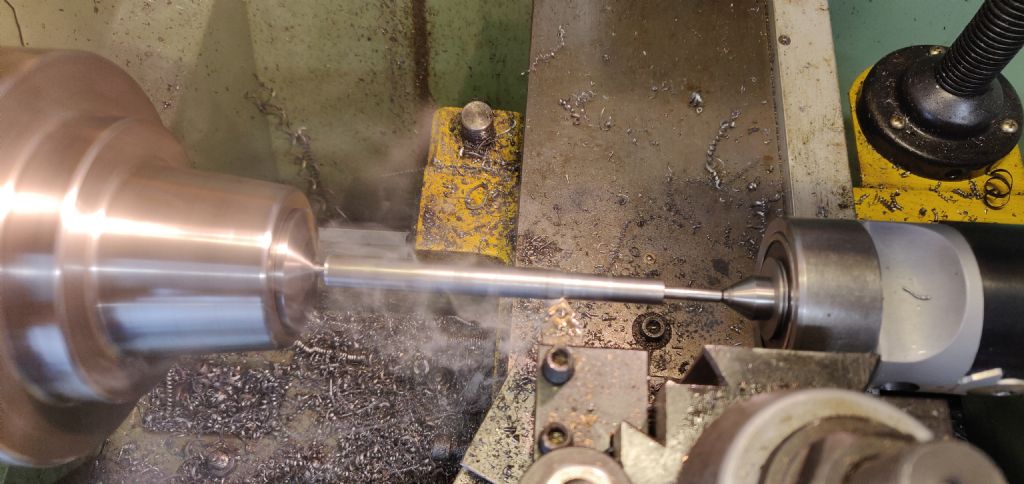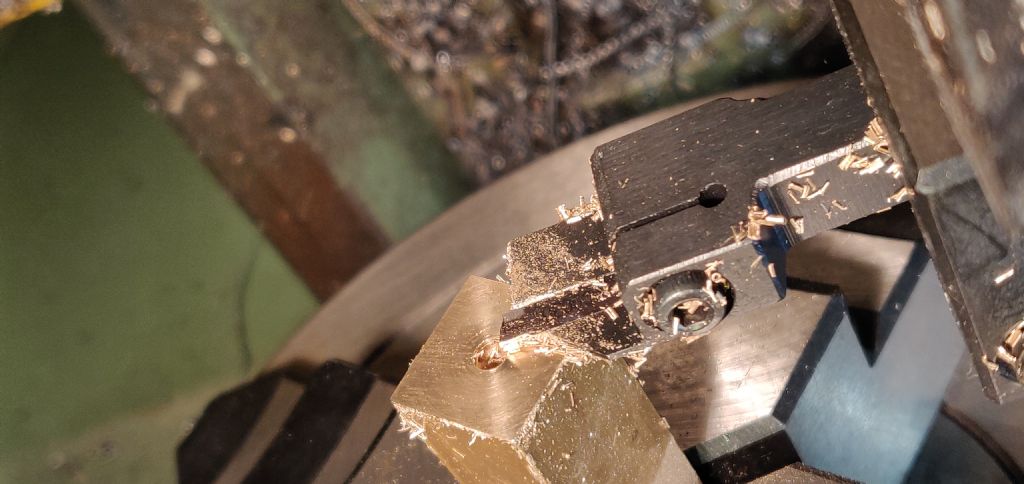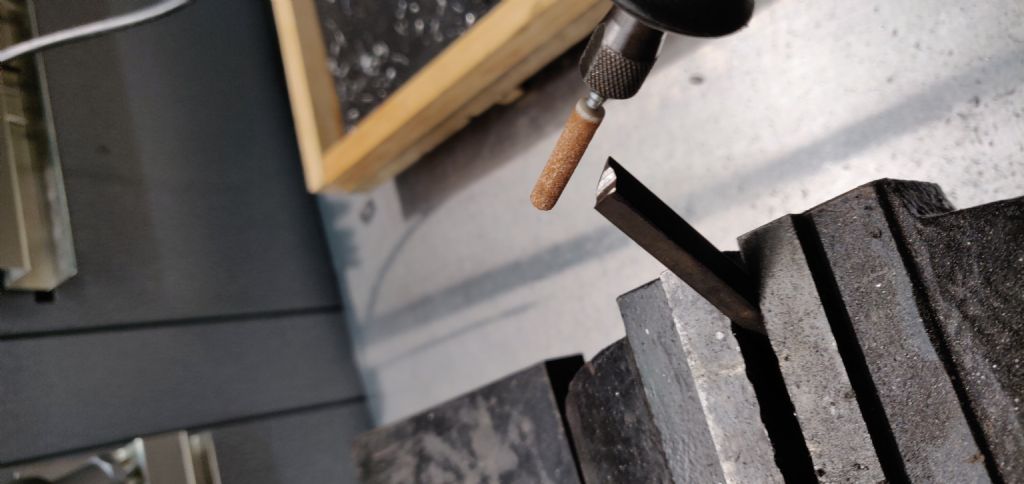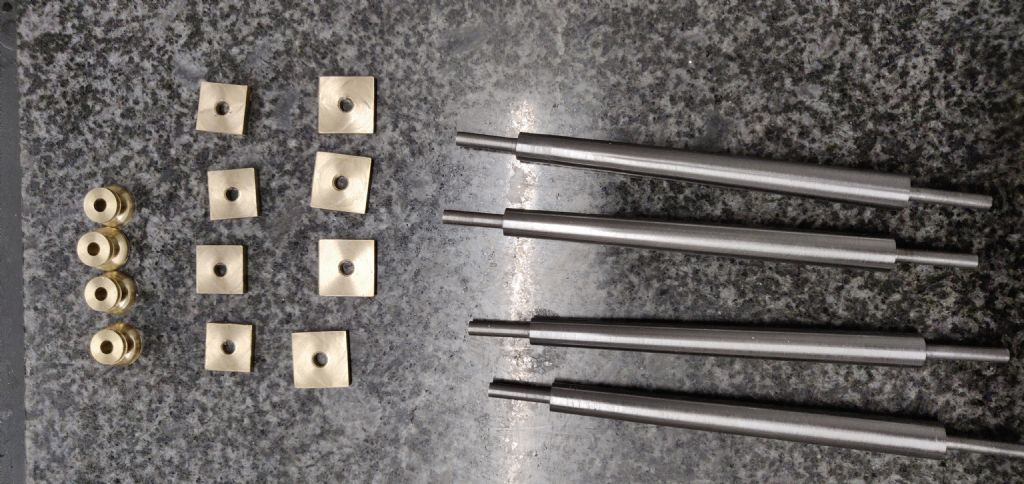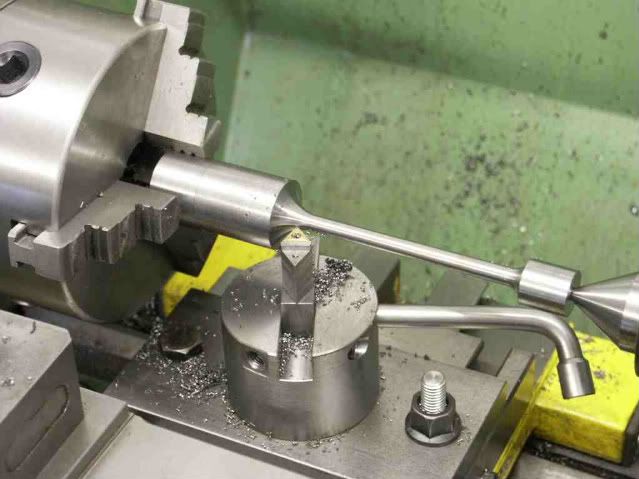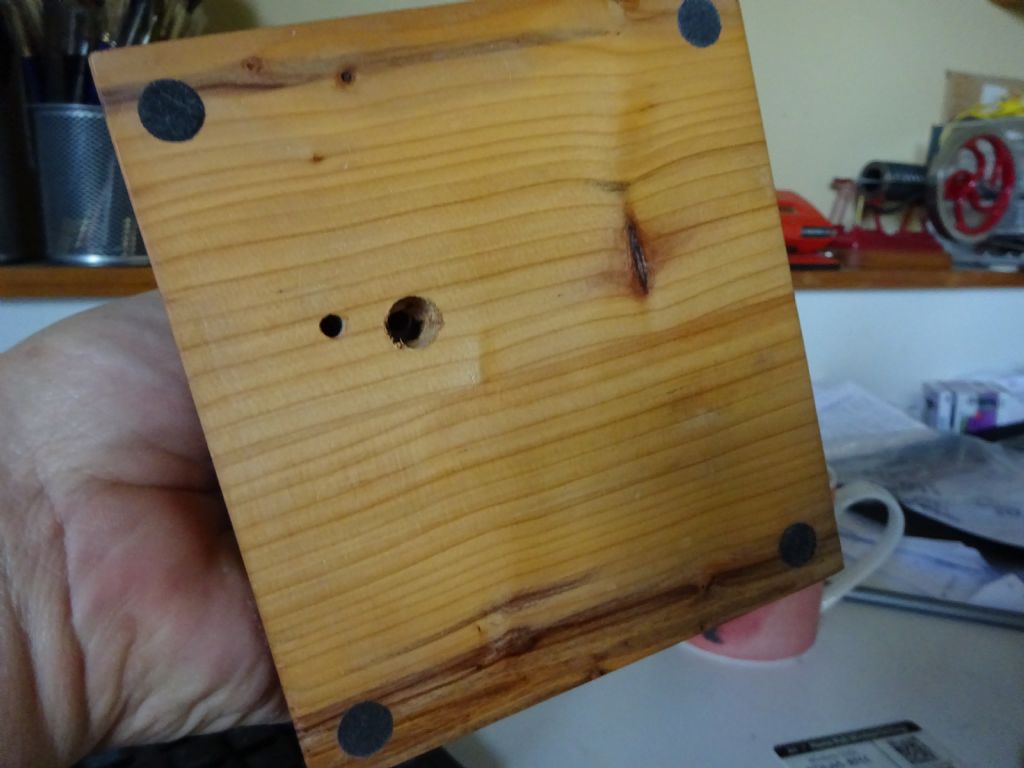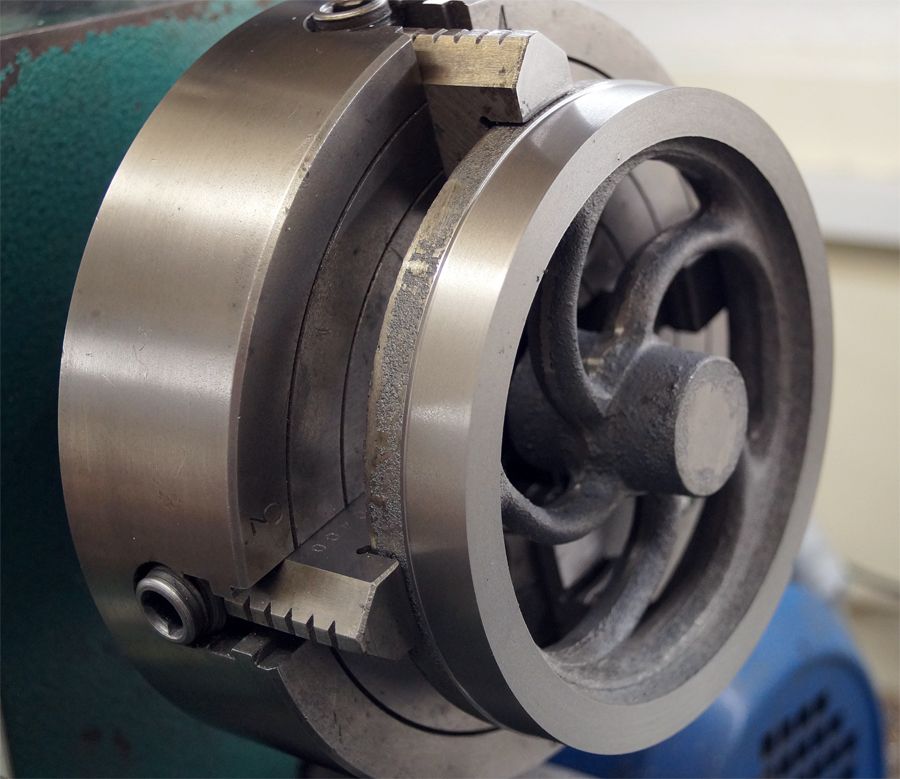Muncaster’s Simple Entablature Engine
Muncaster’s Simple Entablature Engine
- This topic has 155 replies, 21 voices, and was last updated 6 December 2020 at 06:54 by
 JasonB.
JasonB.
- Please log in to reply to this topic. Registering is free and easy using the links on the menu at the top of this page.
Latest Replies
Viewing 25 topics - 1 through 25 (of 25 total)
-
- Topic
- Voices
- Last Post
Viewing 25 topics - 1 through 25 (of 25 total)


